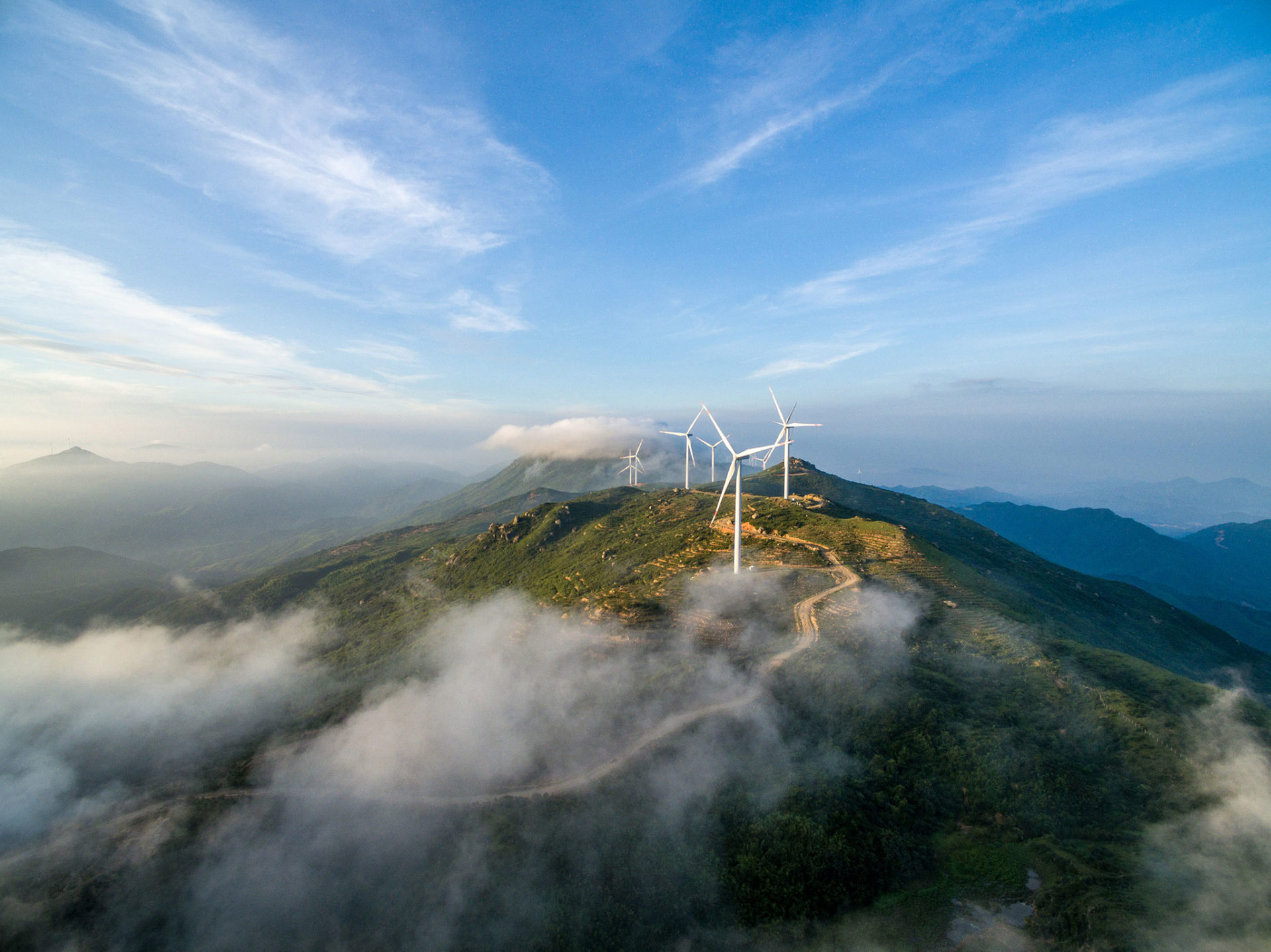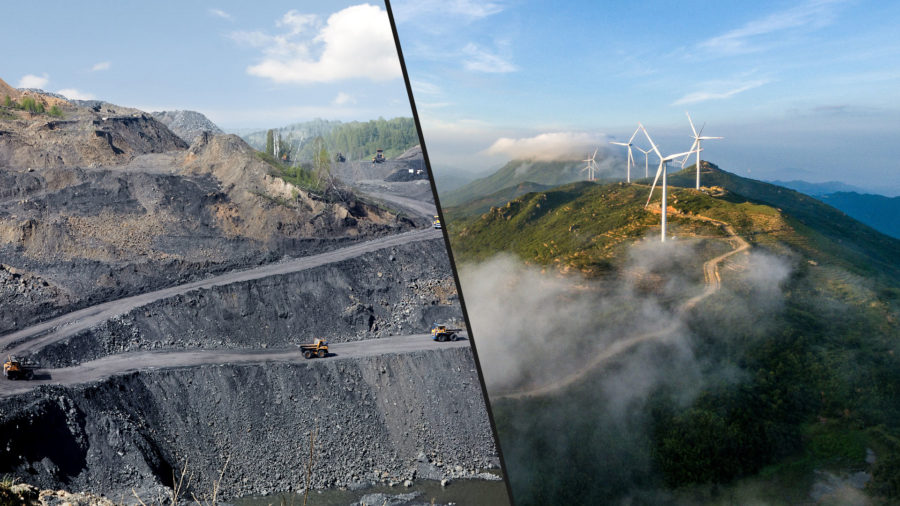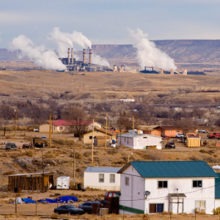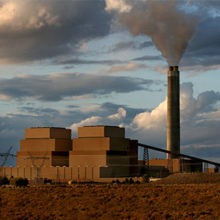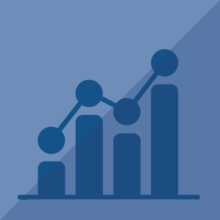Electricity in the United States is generated from multiple sources. At the beginning of the current decade, coal-fired power plants generated more than half of the U.S. electricity supply. More recently the nation’s mix of electricity generation capacity has shifted to natural gas and to renewable sources.
The transition varies by state. In the interactive chart below, we show the net change in electricity generation capacity by state and by source, including coal, natural gas, and renewable energy sources.
Planned retirements and additions out to 2035 show only Vermont, West Virginia, and the District of Columbia will experience a total decline in electricity generation capacity. Three states—California, Florida, and Texas—are responsible for a third of all actual and planned additions to capacity. In most states, natural gas is responsible for net increases in capacity However, renewable energy adds the most capacity in 18 states, including in California and Texas.
Early evidence suggests that the coronavirus pandemic is accelerating the energy transition. This is because renewable energy plants (wind and solar) tend to have fixed costs and no marginal costs, and natural gas prices, already low, have decreased during the pandemic, making it difficult for coal to compete.
Also read this companion post about the evolution of U.S. electricity generation capacity.
Methods & Data Sources
This data project is part of a collaboration with researchers and students at the University of Wyoming and Montana State University to aggregate public data published by various sources and make it more accessible to decision-makers and the public. Data are from the U.S. Energy Information Administration Preliminary Monthly Electric Generator Inventory (EIA 860-M), including data on retired, operating, and planned power generators. Additional data on coal-fired power plant closures are compiled by Robert Godby and his students at the University of Wyoming. Analysis is by Headwaters Economics and the Resources and Communities Research Group WAFRX project at Montana State University. WAFERx is supported by the National Science Foundation under the EPSCoR Track II Cooperative Agreement No. OIA-1632810.
